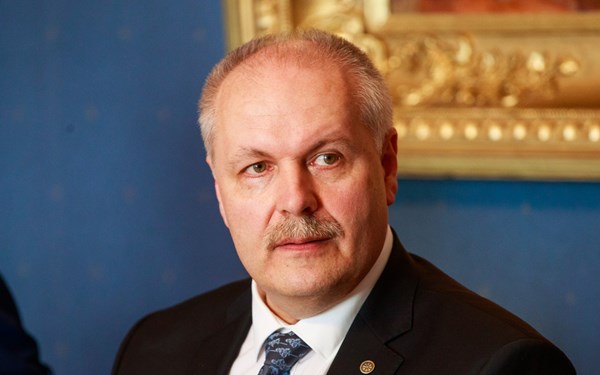President of Estonian parliament reiterates territorial claims against Russia
The 1920 Treaty of Tartu, which established the Russian-Estonian border, remains in the UN’s registry of valid international treaties, said Henn Põlluaas, President of Estonia’s parliament, in his New Year’s address.
Põlluaas pointed out that this year will mark the hundredth anniversary of the signing of the treaty. He noted that, after the state’s independence was restored, the international community recognized Estonia as the legitimate successor of the Estonian Republic, which was formed in 1918.
In November 2019, Põlluaas said that Russia has annexed roughly 5% of Estonia’s territory, and demanded its return. A border treaty between Russia and Estonia can only be ratified once Russia has acknowledged the terms of the Treaty of Tartu, he noted.
Russia’s Foreign Ministry dismissed the demands as “absurd”, and said that any attempts by Estonia to revise the border between the countries would lead to a confrontation with Russia.
The Treaty of Tartu was signed in 1920 between Soviet Russia and Estonia. The document states that Russia will give Estonia part of the Pechorsky District in the Pskov province, the so-called Estonian Ingria (now part of the Kingiseppsky District in the Leningrad province), as well as the right bank of the Narva River (now part of the Slantsevsky District in the Leningrad province). Russia took back the territories in 1944.
In 1991, the Supreme Soviet of the Estonian Republic nullified all the decrees of the presidium of the Supreme Soviet of the Estonian Soviet Socialist Republic concerning border changes. The government of modern Estonia supports the revision of the Russian-Estonian border in accordance with the 1920 Treaty of Tartu.
